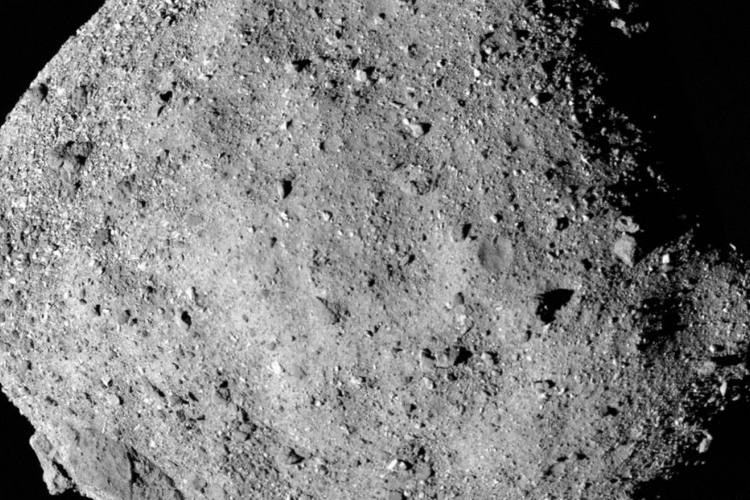ASTERIOD BENNU
IN NEWS
NASA’s OSIRIS-REx spacecraft has discovered ingredients for water on a nearby skyscraper-sized asteroid, a rocky acorn-shaped object that may hold clues to the origins of life on the earth. NASA’s OSIRIS-REx probe found hydrogen and oxygen molecules embedded on its rocky surface.
OSIRIS-REx, which flew within a scant 19 km of the asteroid Bennu some 2.25 million km from the earth, found traces of hydrogen and oxygen molecules — part of the recipe for water and thus the potential for life — embedded in the asteroid’s rocky surface.
OSIRIS-Rex
The Origins Spectral Interpretation Resource Identification Security - Regolith Explorer spacecraft will travel to a near-Earth asteroid, called Bennu (formerly 1999 RQ36), and bring at least a 2.1-ounce sample back to Earth for study. OSIRIS-REx is the third mission in NASA's New Frontiers Program. Bennu orbits the Sun at roughly the same distance as the earth.
OBJECTIVES
The objectives of the mission are:
- Return and analyze a sample of pristine carbonaceous asteroid regolith in an amount sufficient to study the nature, history, and distribution of its constituent minerals and organic material.
- Map the global properties, chemistry, and mineralogy of a primitive carbonaceous asteroid to characterize its geologic and dynamic history and provide context for the returned samples.
- –
- Document the texture, morphology, geochemistry, and spectral properties of the regolith at the sampling site in situ at scales down to millimeters.
- Measure the Yarkovsky effect (a thermal force on the object) on a potentially hazardous asteroid and constrain the asteroid properties that contribute to this effect.
- Characterize the integrated global properties of a primitive carbonaceous asteroid to allow for direct comparison with ground-based telescopic data of the entire asteroid population.
SIGHNIFICANCE OF STUDYING ASTERIODS
Asteroids are among the leftover debris from the solar system’s formation some 4.5 billion years ago. Scientists believe asteroids and comets crashing into early earth may have delivered organic compounds and water that seeded the planet for life, and atomic-level analysis of samples from Bennu could provide key evidence to support that hypothesis.
Asteroids can provide resources – for future space exploration. Asteroids and comets help astronomers trace solar system evolution. It helps to mine near-earth asteroids for metals. The mission will help scientists investigate how planets formed and how life began, as well as improve our understanding of asteroids that could impact Earth. Scientists are trying to understand the role that these carbon-rich asteroids played in delivering water to the earth and making it habitable.


 POLITICAL SCIENCE & IR HYBRID BATCH ORIENTATION : 20-11-2024
POLITICAL SCIENCE & IR HYBRID BATCH ORIENTATION : 20-11-2024